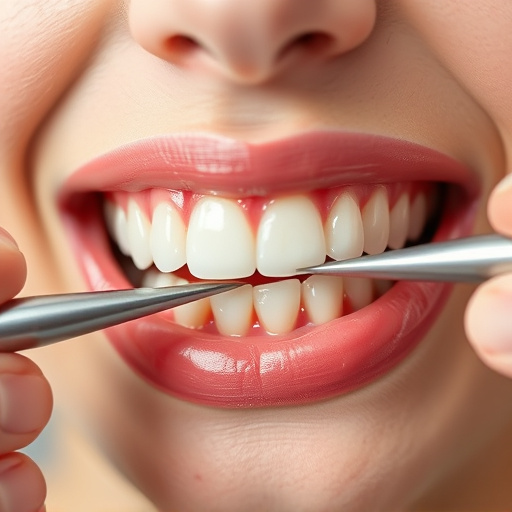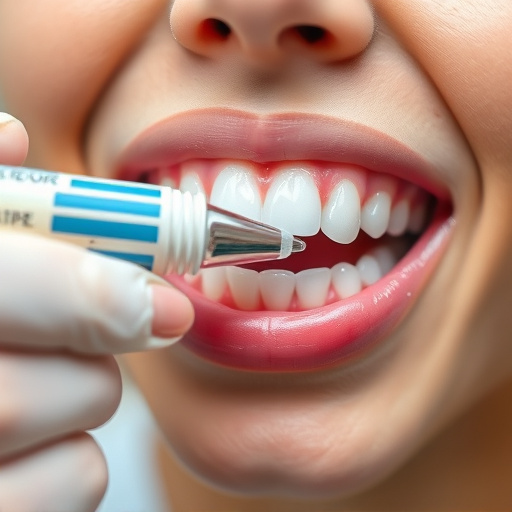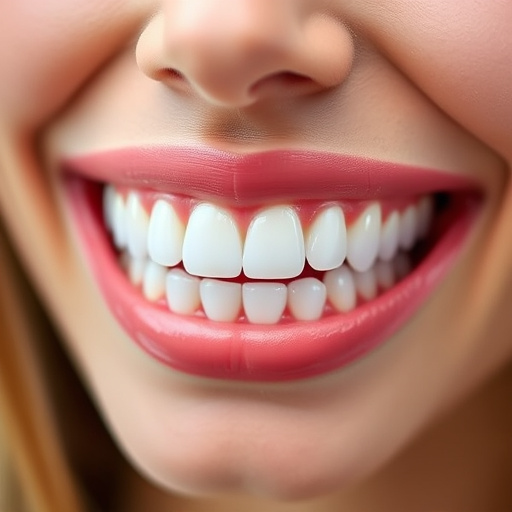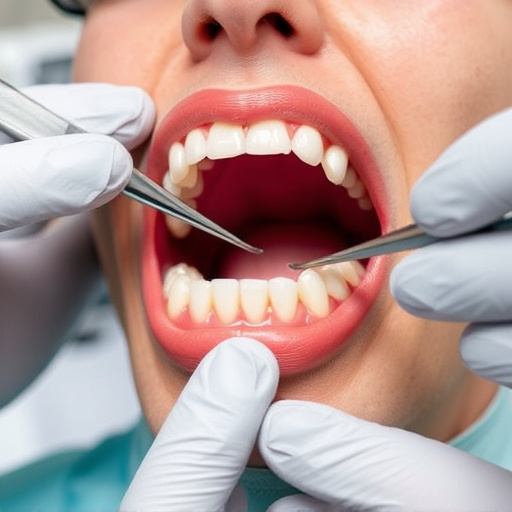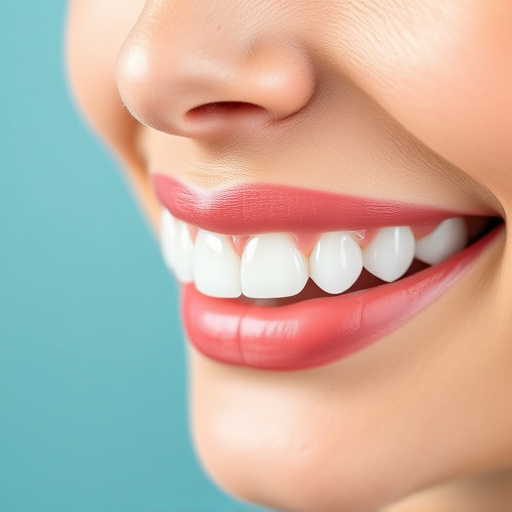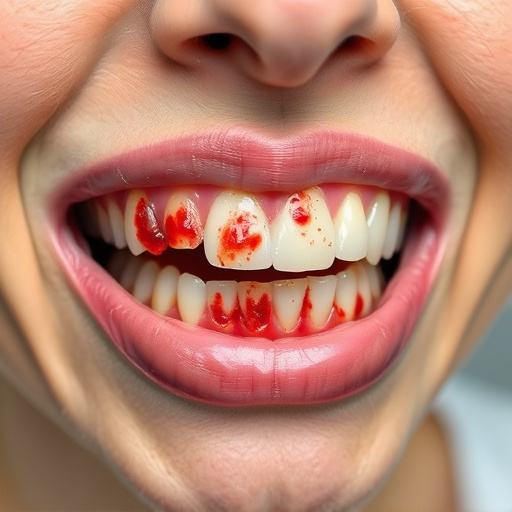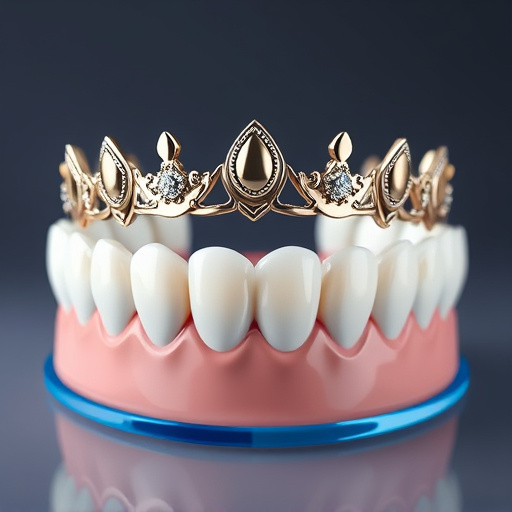Preventive dentistry programs revolutionize oral care by shifting focus from reactive treatment to proactive maintenance. Regular check-ups, screenings, education, and modern solutions like clear aligners enable early issue detection, preventing painful emergencies or complex procedures. Comprehensive strategy includes routine cleanings, patient education on oral care practices, and customized care plans for optimal oral hygiene, minimizing severe dental crises.
In today’s dental landscape, minimizing emergencies and promoting oral health starts with a robust preventive dentistry program. By focusing on early intervention and proactive care, these initiatives significantly reduce the need for urgent treatments. This article explores the transformative impact of preventive care, outlines key components for an effective program, and presents strategies to curb dental emergencies, ultimately enhancing patient well-being and reducing healthcare costs.
- Understanding the Impact of Preventive Care
- Key Components of an Effective Program
- Strategies to Reduce Dental Emergencies
Understanding the Impact of Preventive Care
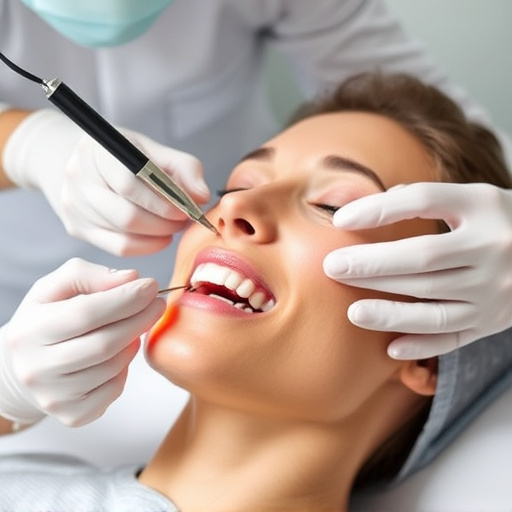
Preventive dentistry programs play a pivotal role in transforming dental healthcare by minimizing emergencies and promoting overall oral well-being. By focusing on early detection and regular maintenance, these programs empower individuals to take charge of their dental health. Through simple yet effective measures like routine cleanings, screenings, and patient education, dentists can catch potential issues before they escalate into painful emergencies or complex treatments.
One notable aspect of preventive dentistry is the proactive approach to procedures like wisdom tooth removal, which often arises from neglect rather than natural growth. Additionally, modern solutions such as clear aligners offer a discreet alternative to traditional braces, further emphasizing the availability of various tools within a comprehensive preventive dentistry program. These measures not only save time and money in the long run but also ensure that patients can maintain healthy smiles without enduring the discomfort or urgency often associated with dental emergencies.
Key Components of an Effective Program
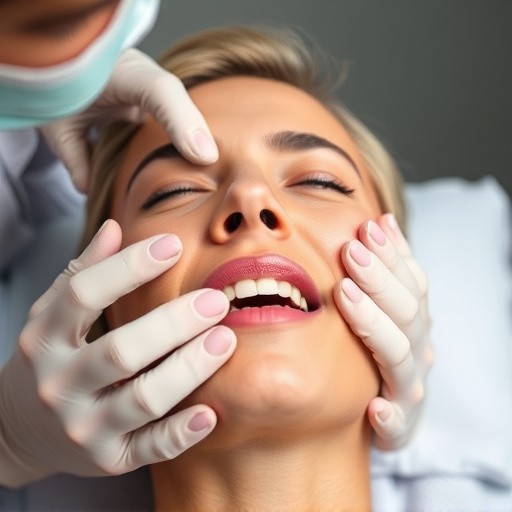
An effective preventive dentistry program is a multifaceted approach designed to minimize dental emergencies and promote long-term oral health. Key components include regular teeth cleanings, conducted by skilled professionals in family dentistry settings, as these serve as the cornerstone for maintaining good oral hygiene. By scheduling routine dental cleanings, individuals can benefit from early detection of potential issues, such as tooth decay or gum disease, which can often be prevented or halted with prompt intervention.
In addition to teeth cleaning services, an optimal preventive program incorporates education on proper oral care practices. This includes guidance on effective brushing techniques and the importance of flossing regularly. By empowering patients with knowledge about their dental health, they become active participants in maintaining a vibrant smile, reducing the likelihood of painful and unexpected emergencies that may arise from neglected oral hygiene.
Strategies to Reduce Dental Emergencies
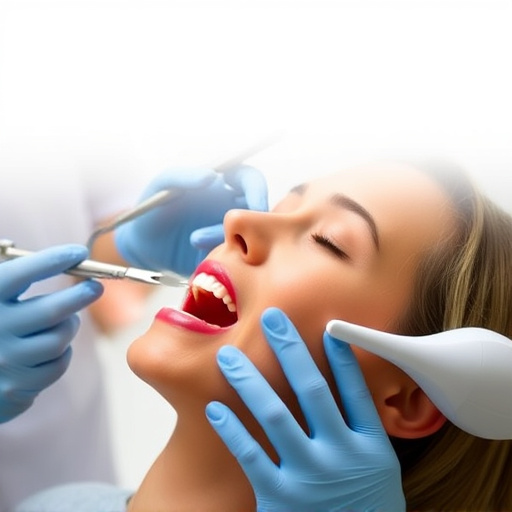
A preventive dentistry program is a proactive approach to oral health that aims to reduce dental emergencies and their associated costs. By focusing on regular check-ups, cleanings, and patient education, this program emphasizes the importance of maintaining good oral hygiene practices at home. Through customized care plans, dentists can identify potential issues early on, preventing minor problems from escalating into more severe, painful, and expensive emergencies.
Implementing strategies such as fluoride applications, dental sealants, and regular x-rays can help detect decay or gum disease in its early stages. Additionally, promoting a balanced diet and limiting sugary foods and drinks is crucial. Patients should also be taught proper brushing and flossing techniques to remove plaque and prevent the formation of cavities, which are leading causes of dental emergencies, often requiring procedures like general dentistry interventions, including dental crowns.
A well-structured preventive dentistry program, incorporating regular checkups, education on oral hygiene, and early intervention strategies, can significantly reduce dental emergencies. By focusing on these key components, healthcare providers can empower patients to maintain optimal oral health, minimize pain and discomfort, and avoid costly emergency treatments. Embracing a proactive approach to dentistry not only benefits individuals but also contributes to a healthier, more sustainable dental care system as a whole.







